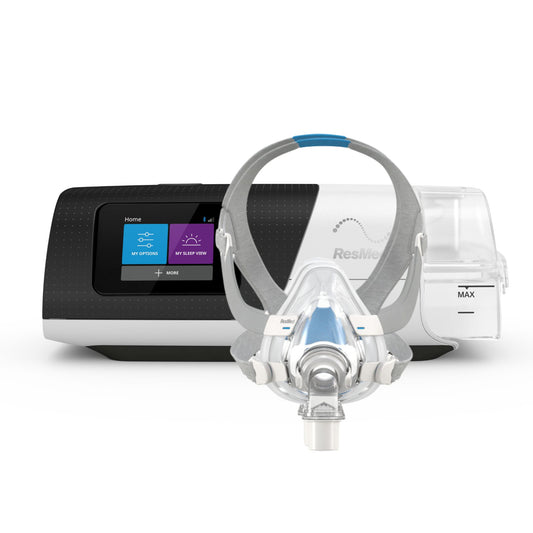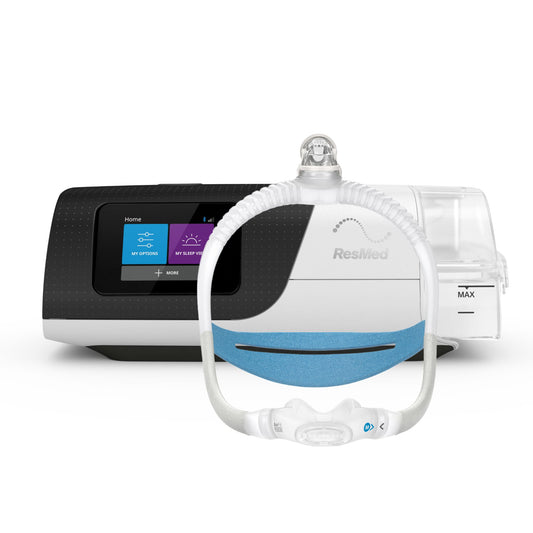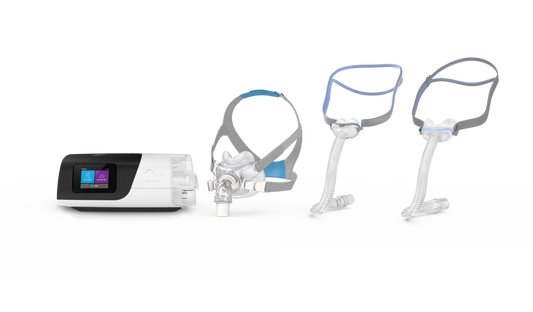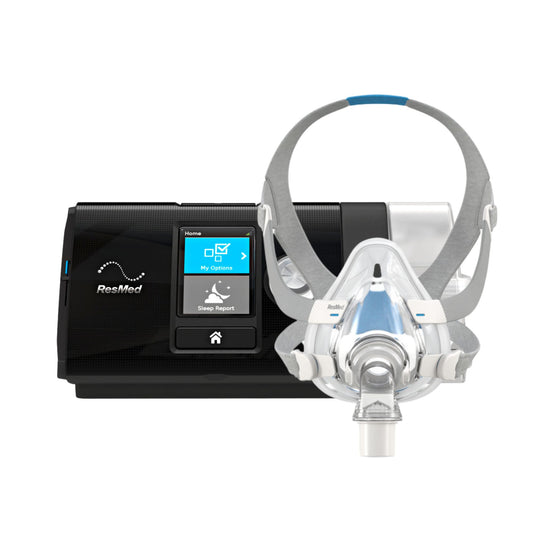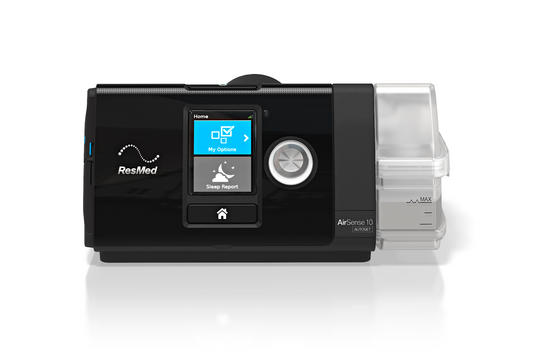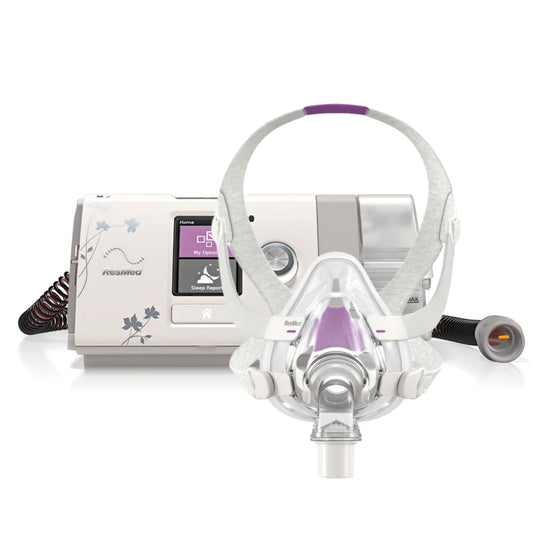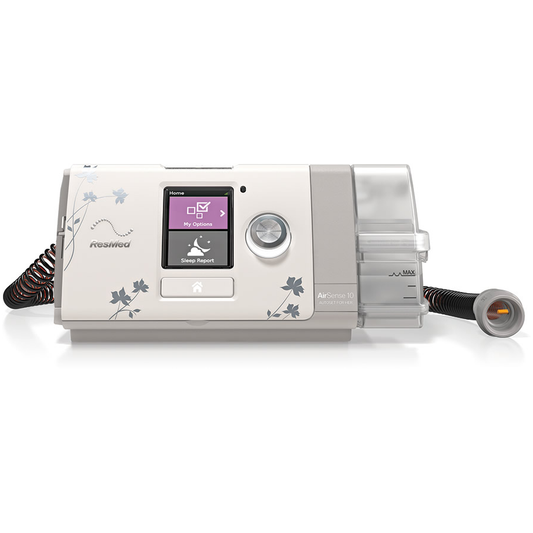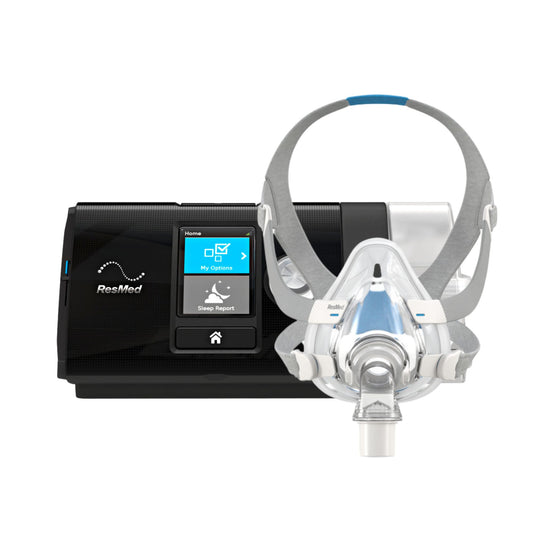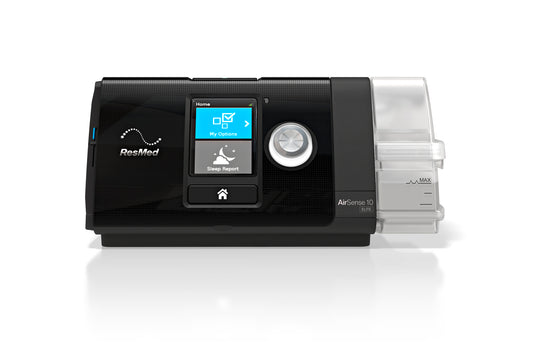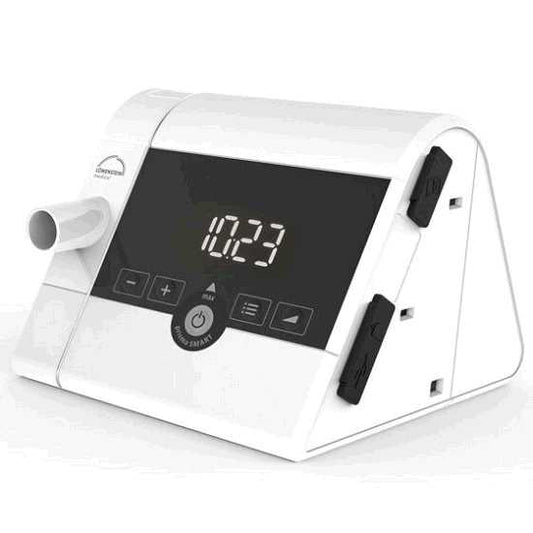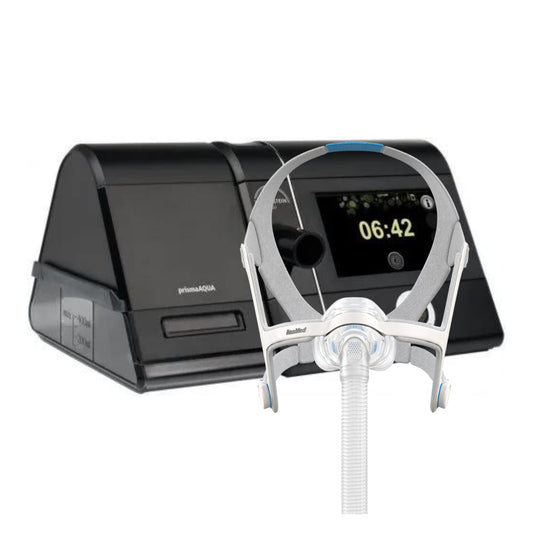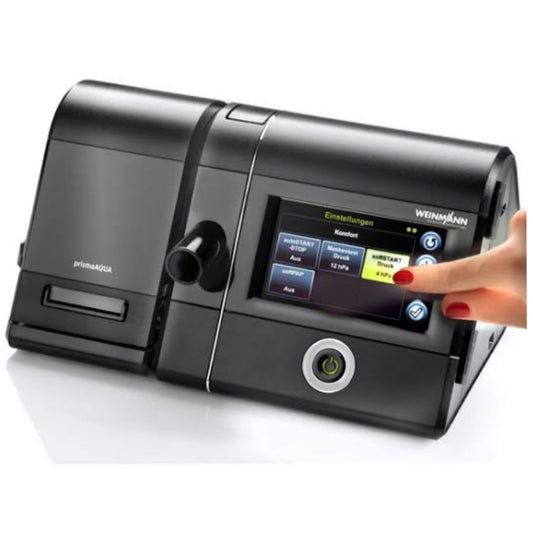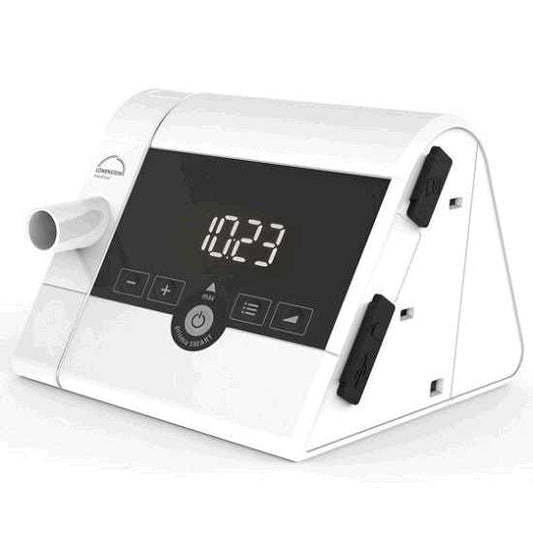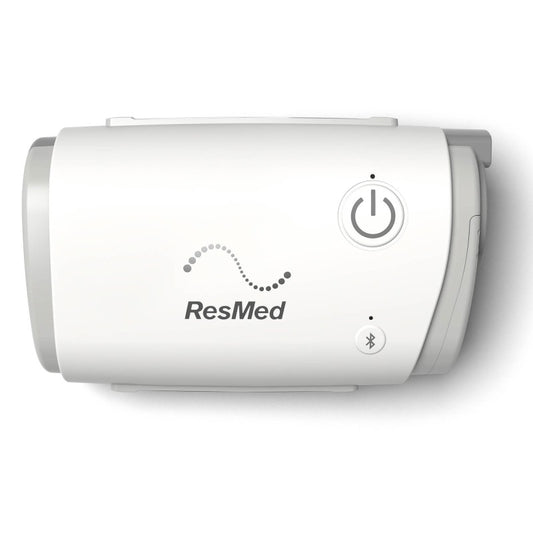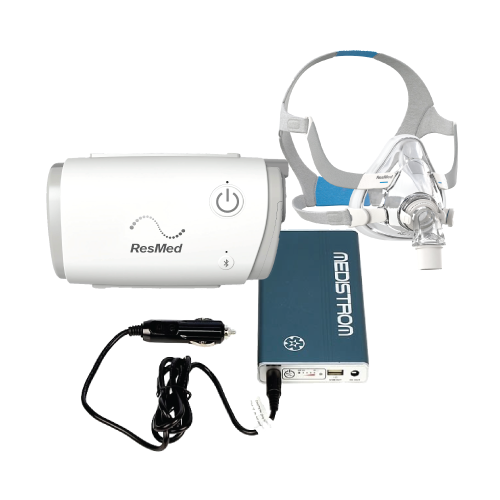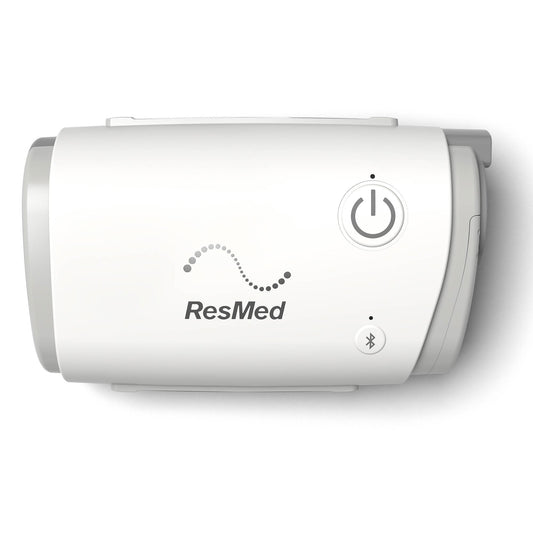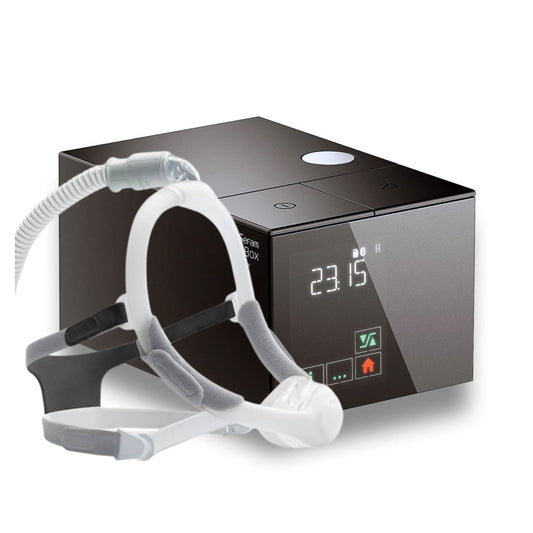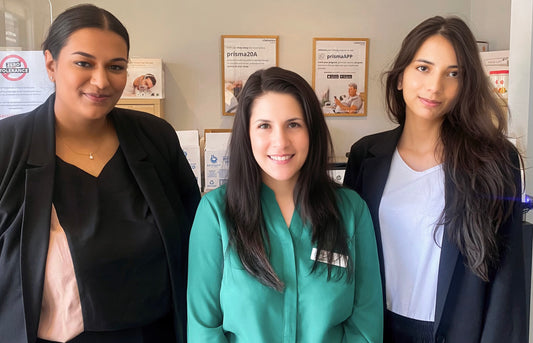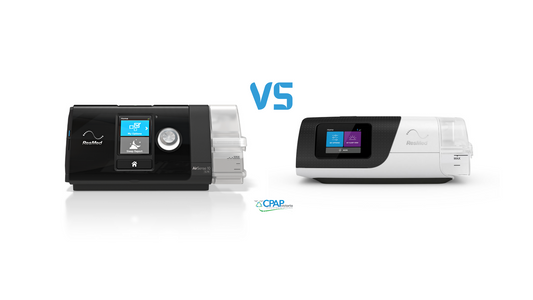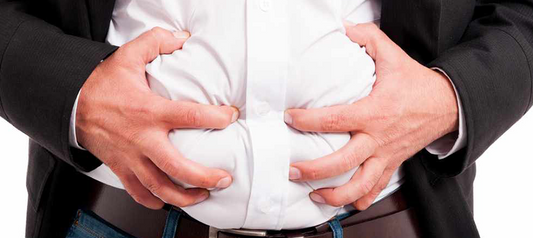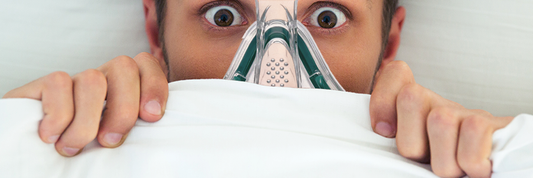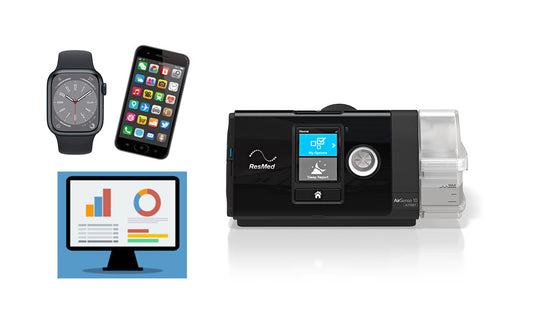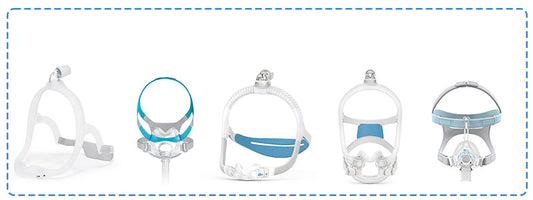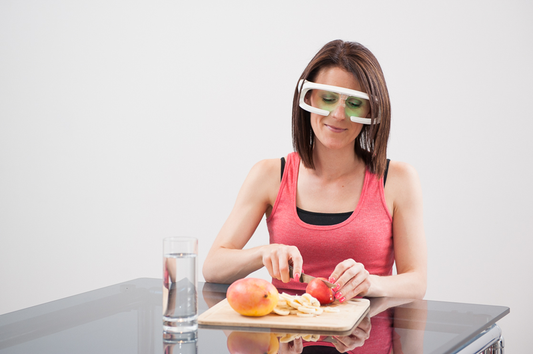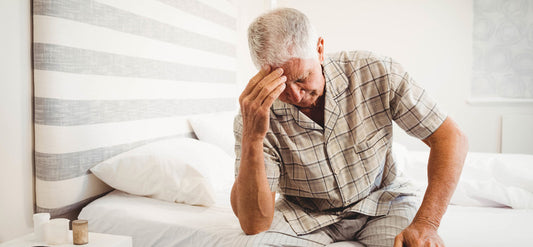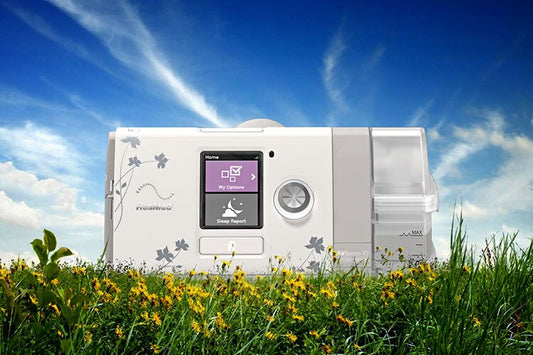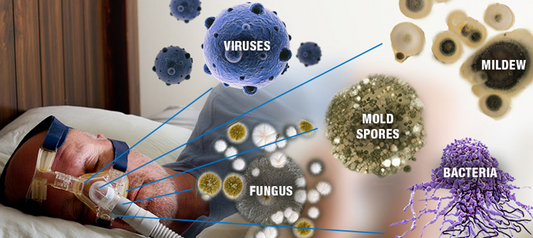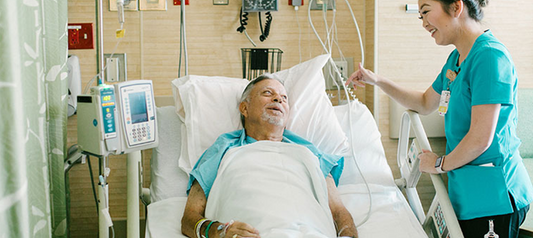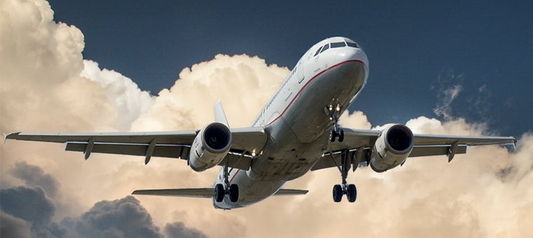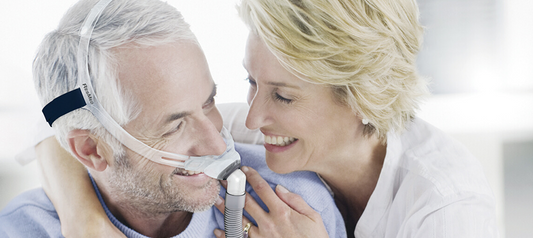Nocturnal teeth grinding is medically termed sleep bruxism. It is when a person clenches and grinds his teeth during sleep, and sometimes during the day. Classified as a movement disorder occurring when a person is asleep, bruxism is rather common, with an estimated 8% of the Australian adult population suffering with nocturnal teeth grinding. Bruxism affects both adults and children, exhibiting no marked differences in bruxism rates between male and female.
Dangers of Bruxism
Teeth grinding is damaging to oral and dental health. Undiagnosed and untreated teeth grinding will ultimately lead to gum disease and tooth loss. Occasional teeth grinding may not be harmful, but when the condition is severe, dental damage is inevitable as well as facial pain and disturbed sleep and daytime sleepiness due to sleep fragmentation or awakenings from sleep. The condition is also associates with sleep apnoea, snoring and other night-time movement disorders.
Causes of Bruxism
The causes of bruxism are unspecified but there are studies that link the condition to alcohol consumption, cigarette smoking, caffeine and fatigue. If any one of these is the cause of a person’s bruxism, then a change in his lifestyle may well cure his condition. However, bruxism is also linked to snoring, sleep apnoea or jaw misalignment, professional help is required. Evidence indicates that a person with bruxism and sleep apnoea was able to alleviate his teeth grinding when his sleep apnoea was addressed.
Risk Factors
Bruxism has other risk factors that include one’s personality type, medications, family members with bruxism, age, and other mental and medical health disorders such as dementia, Parkinson’s disease, epilepsy, gastroesophageal reflux disorder (GERD), attention deficit hyperactivity disorder (ADHD), night terrors and other sleep-related disorders.
Signs and Symptoms
Some of the most common signs and symptoms of bruxism are:
- Teeth clenching and grinding during sleep, loud enough to awaken sleep partner
- Teeth that appear to be loose, chipped, fractured or flattened
- Exposed tooth enamel
- Tooth sensitivity
- Tight or tired jaw muscles, clicking or locked jaw
- Face, neck and jaw soreness or pain
- Earache that is not actually due to ear problem
- Damage inside of cheek due to chewing
- Dull temple headache
- Disrupted sleep
Diagnosis and Treatment
A clinical diagnosis is done based on the history and symptoms of a patient. A certified dentist or oral care provider usually provides evidence-based diagnosis founded on the damage to the patient’s teeth. Polysomnography is not initially required but a sleep study is best for assessing if the bruxism is in anyway linked to sleep apnoea or any other movement or sleep disorder such as periodic limb movement disorder or restless leg syndrome. A sleep study will also determine the sleep disruption experienced by the patient during sleep. The same study will either confirm or refute the association between the patient’s nocturnal teeth grinding and clenching, and epilepsy or other seizure-related activity during sleep.
Treatment for bruxism depends on the underlying cause of the condition. If bruxism is due to too much caffeine, alcohol, smoking and late nights, then a change of lifestyle or behavioral modification may well be the solution. If the condition is brought about by sleep apnoea, then it is best to consult with a certified sleep doctor for CPAP therapy. In severe cases of stress, anxiety or movement disorder, anti-depressant or muscle relaxant may be prescribed.
Mouth guard to be worn during sleep is usually prescribed by a dentist to protect the teeth from further damage. Practicing good sleeping hygiene and habits is also highly advised.
Below is a simple infographics presentation to better explain bruxism.
Teeth Grinding Guide created by Schererville & Chesterton Family Dentistry.
Call us at 1300 750 006 for enquiries about sleep apnoea and CPAP therapy.
